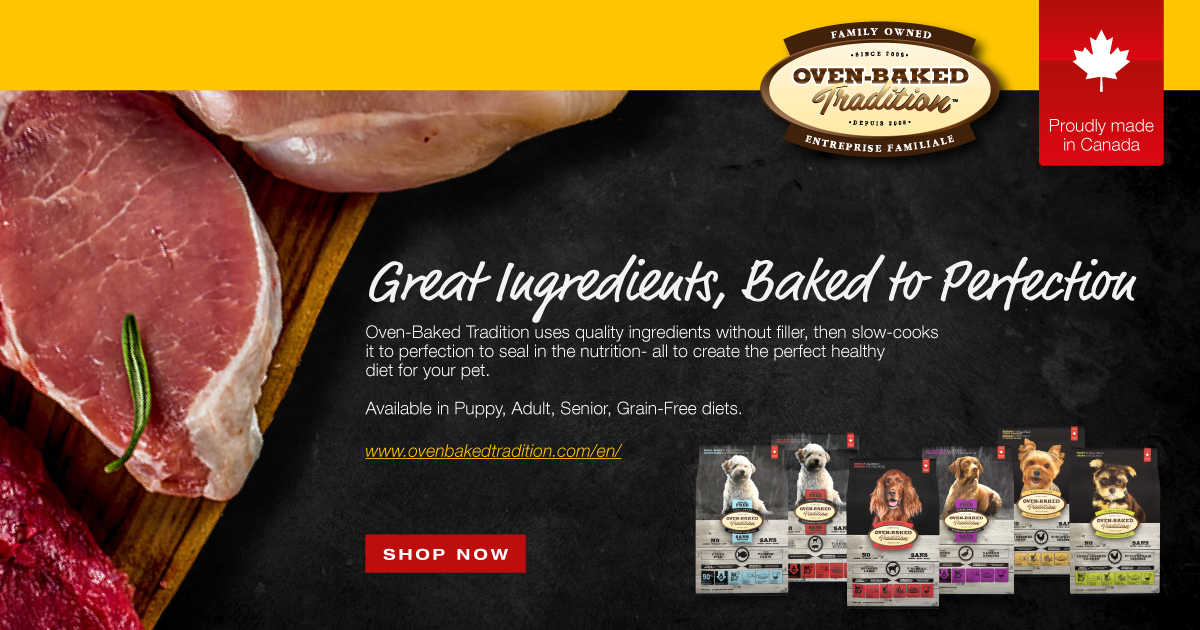Dog Muzzles: Everything You Need To Know About Them
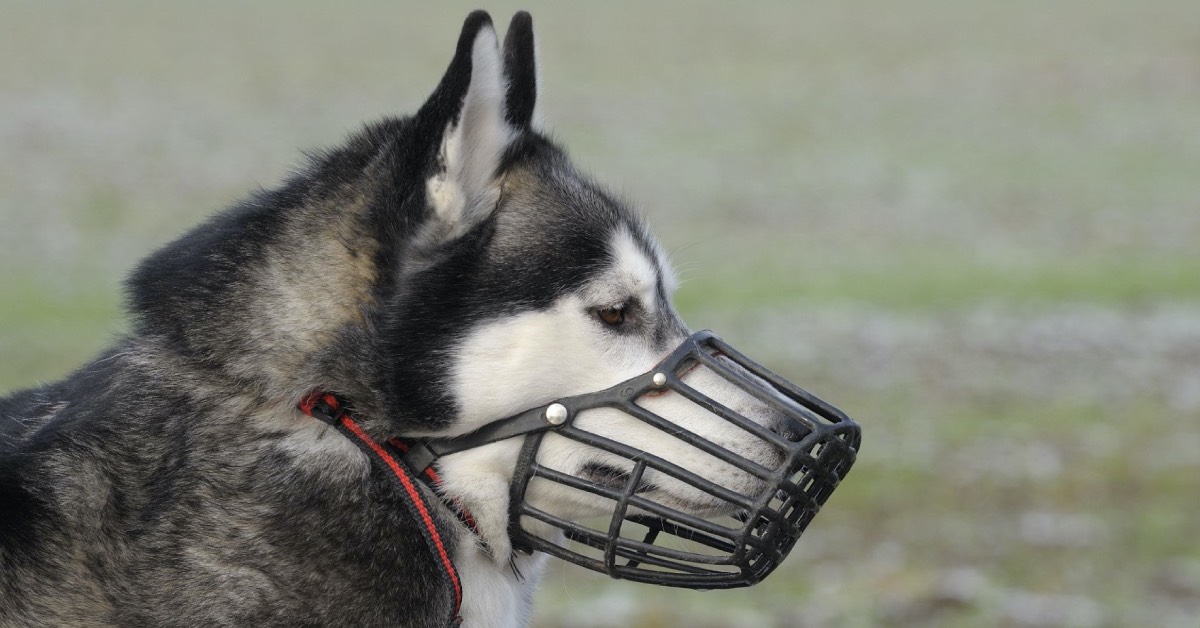
Growing up, I’m sure we’ve seen our fair share of how muzzled up dogs are portrayed in the media. Movies and TV shows have taught and ingrained in us that when we see a dog sporting a muzzle, the dog is probably aggressive in nature and hence requires a muzzle for our protection.
Due to this, most people nowadays associate dog muzzles with ferocious or aggressive dogs, but this assumption couldn’t be more false. As a matter of fact, this misconception is the very reason why dog muzzles cause unnecessary tension in both dogs and humans.
That’s why we’re here to debunk these negative associations and instead, rationalise the function of muzzles and the circumstances of their usage. It’s important that we understand the purposes that muzzles serve to prevent misjudgment of dogs with them on.
Why a Dog Would Wear a Muzzle
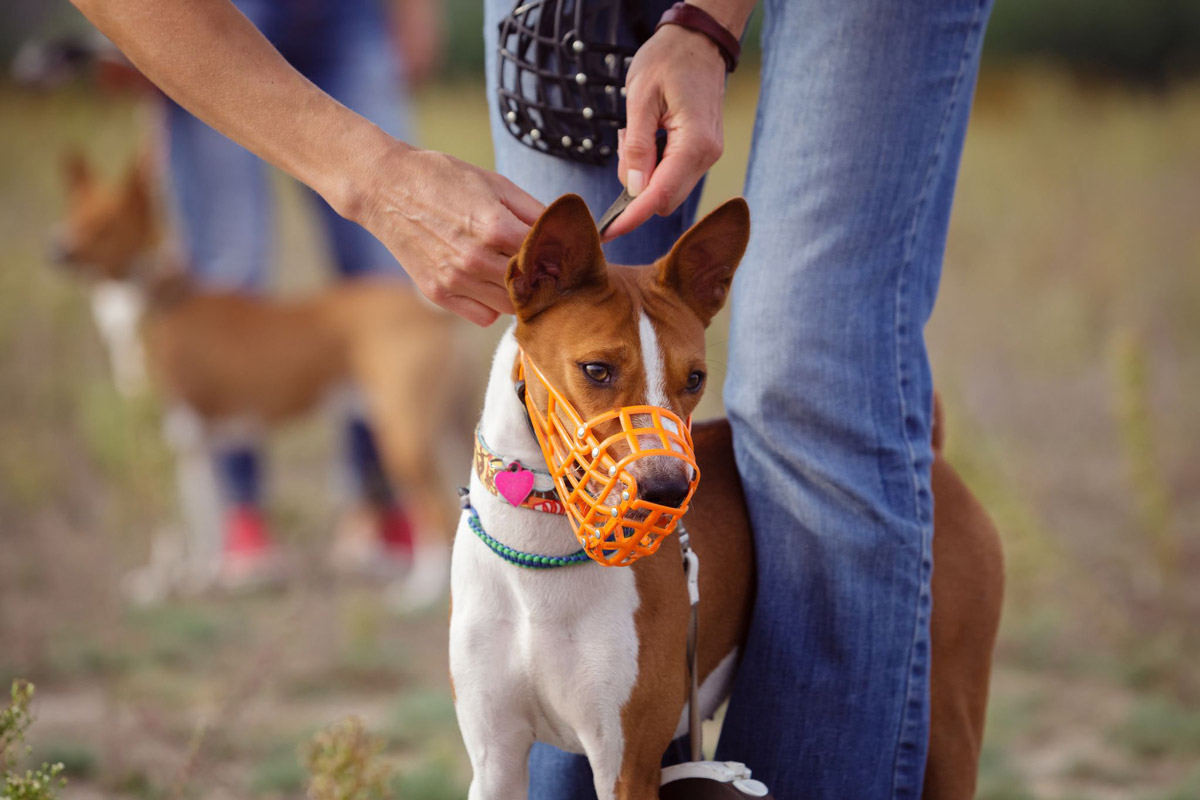
While it is true that muzzles do inhibit aggressive dogs from biting when around people or other animals, this is just one of its purposes.
Contrary to popular belief, a muzzle can be used as a tool to help train puppies to stop teething with electrical wirings or other appliances. This can also stop puppies from eating something toxic or poisonous off the floor, which needless to say, is something that you’d want to prevent as a pawrent.
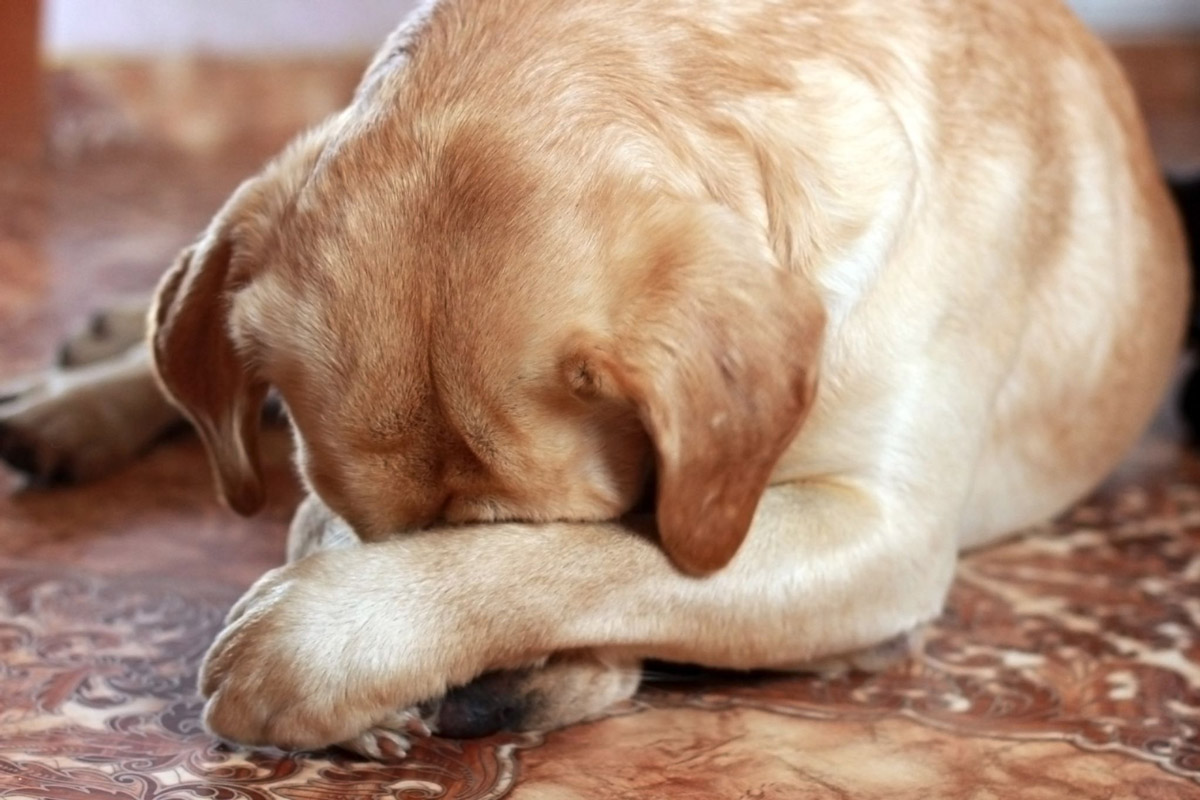
Moreover, muzzles can also be useful during a dog’s visit to one of the local vets in Singapore. The veterinary clinic can be quite an intimidating place for your dog, especially if it is their first time being there.
This nervousness can elicit dogs to become defensive and in turn, aggressive in unfamiliar or uncomfortable situations. Remember, while aggression is typically the symptom of fear, anxiety, stress or instinct, it is an operant behaviour. This means that aggressive behaviour only habituates as a result of reinforcement.

Aggression stemming from food/resource guarding
Take for example a dog exhibiting food aggression as a form of resource guarding; they become defensive the moment anyone or anything approaches their food. Understandably, this is a problematic behaviour that should be rectified immediately.
However, if owners fail to correct it in time or relent in such behaviour, this food aggression would become conditioned in the dog. Hence, this is how aggressive behaviour becomes operant through reinforcement, whether intentional or not.
With this concept in mind, it becomes apparent that resolving canine aggression lies in addressing the root cause of such behaviour.
Of course, a dog muzzle is not recommended unless truly necessary. However in some instances — like overly aggressive dogs — a muzzle can be utilised as a safety precaution for the dog, you and those around. In fact, that at some point in a dog’s life, a situation might call for a muzzle.
Hence, sometimes a dog muzzle goes a long way in ensuring that you have control over how your dog reacts to the environment and others. However, do discern every situation adequately to determine if a muzzle is needed in the first place or not.
Getting an Appropriate Muzzle
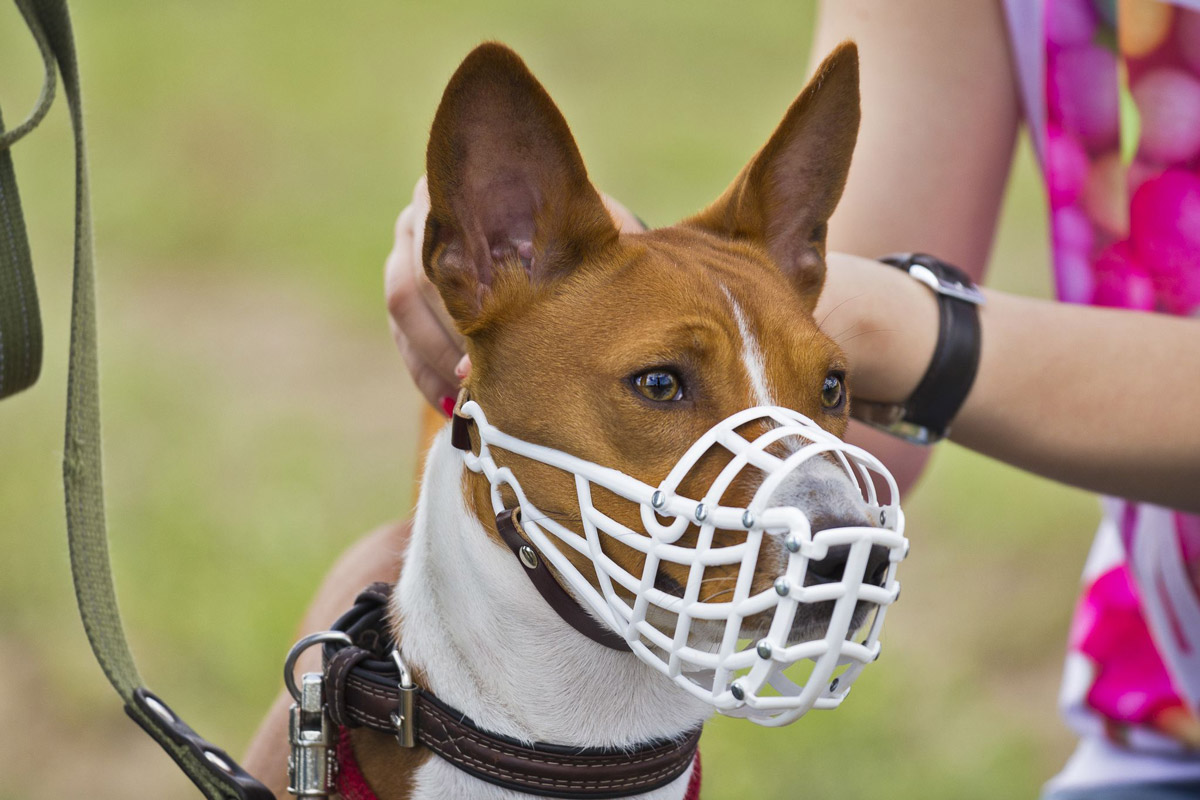
To make sure that your dog gets the right muzzle, get the measurements right. The muzzle should fit perfectly on its snout and not cause any discomfort to it.
The appropriate muzzle should also not make your dog or puppy struggle to breathe — but simultaneously, it shouldn’t be too tight or too loose. So, if you’re wondering where you can get the right muzzle for your dog, you should be able to find one by browsing any online pet shop in Singapore.
In general, there are two main types of muzzles. (Or three, if you consider the homemade version.)
Basket Muzzle
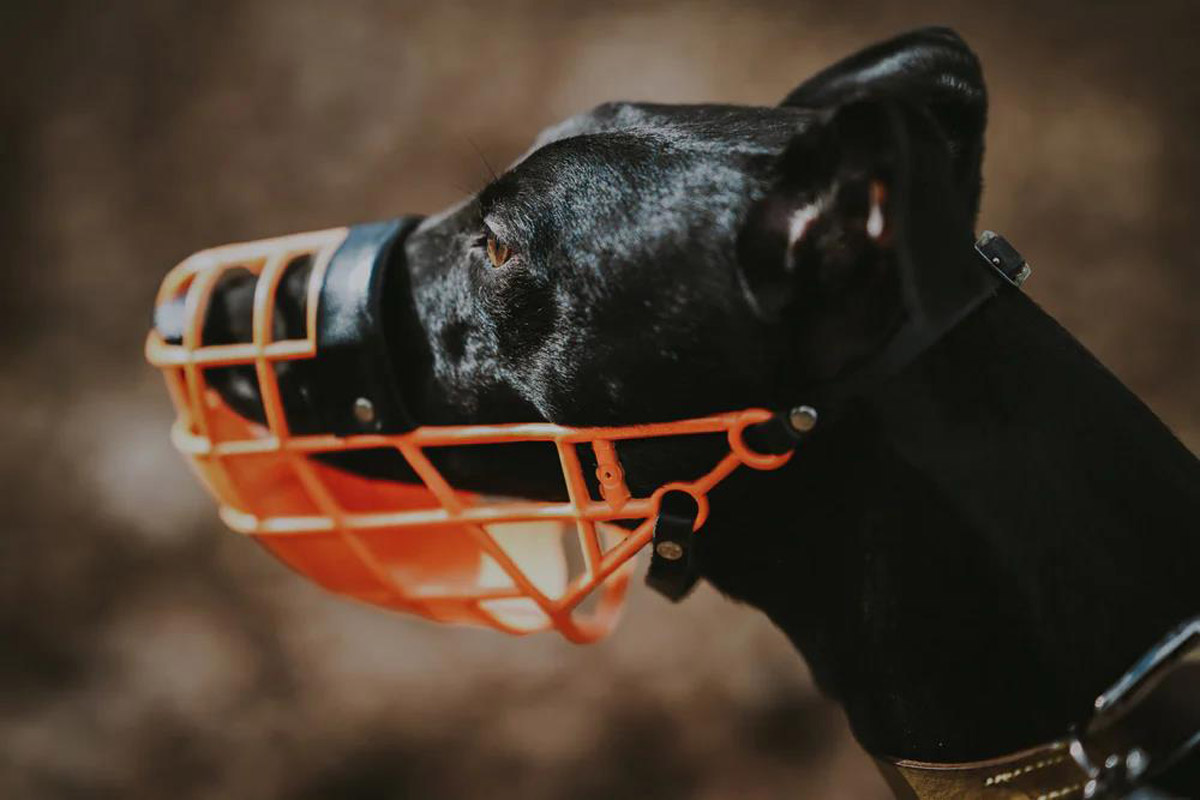
Source: Annie Spratt on Unsplash
As the name suggests, it’s a basket-shaped muzzle that straps onto a dog’s snout. It is typically made of leather, wire, plastic or sometimes rubber.
Owners have the option of buying default sizes in stores or customising them according to their dog’s dimensions. Although its “prison bar” appearance might be intimidating and look inhumane, appearances are deceiving.
Truth is, many pooches actually find this muzzle more comfortable than their other muzzle counterparts. This is because most basket muzzles provide leeway for dogs to open their mouths to pant, drink or even chew on some tidbits — especially those with larger slits to slip in chunkier treats.
Hence, the basket muzzle is a suitable option for training purposes.
Soft Muzzle
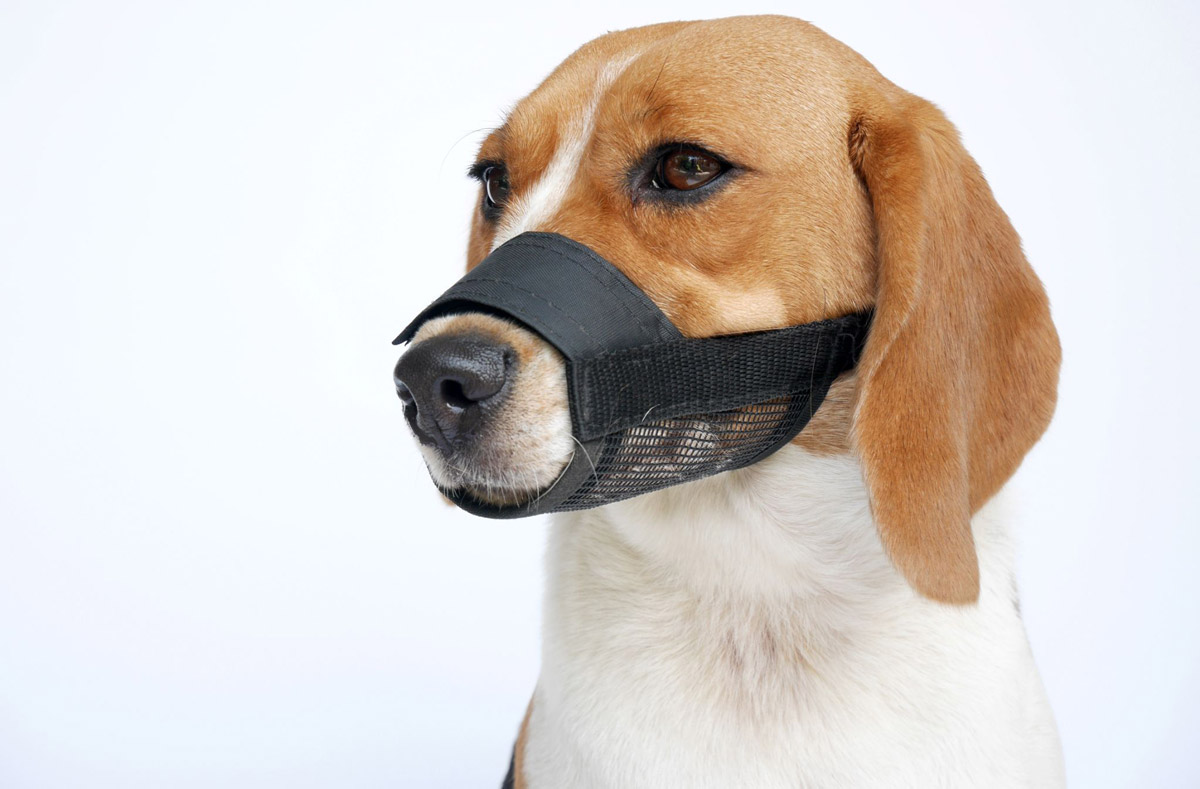
Moving on to the soft muzzle, this style is typically made of fabric like nylon or mesh. In some cases, leather variations are possible too. Essentially, a soft muzzle is wrapped around your dog’s mouth and keeps it closed.
Thus, it’s not hard to see why it’s less preferred to the basket muzzle. By restricting their mouth movement, it prevents your dog from panting and runs the risk of causing your dog to overheat.
Not to mention, the muzzle is also not feasible for training with treats. Alternatives like a clicker would have to be used for behavioural correction.
Homemade Muzzle
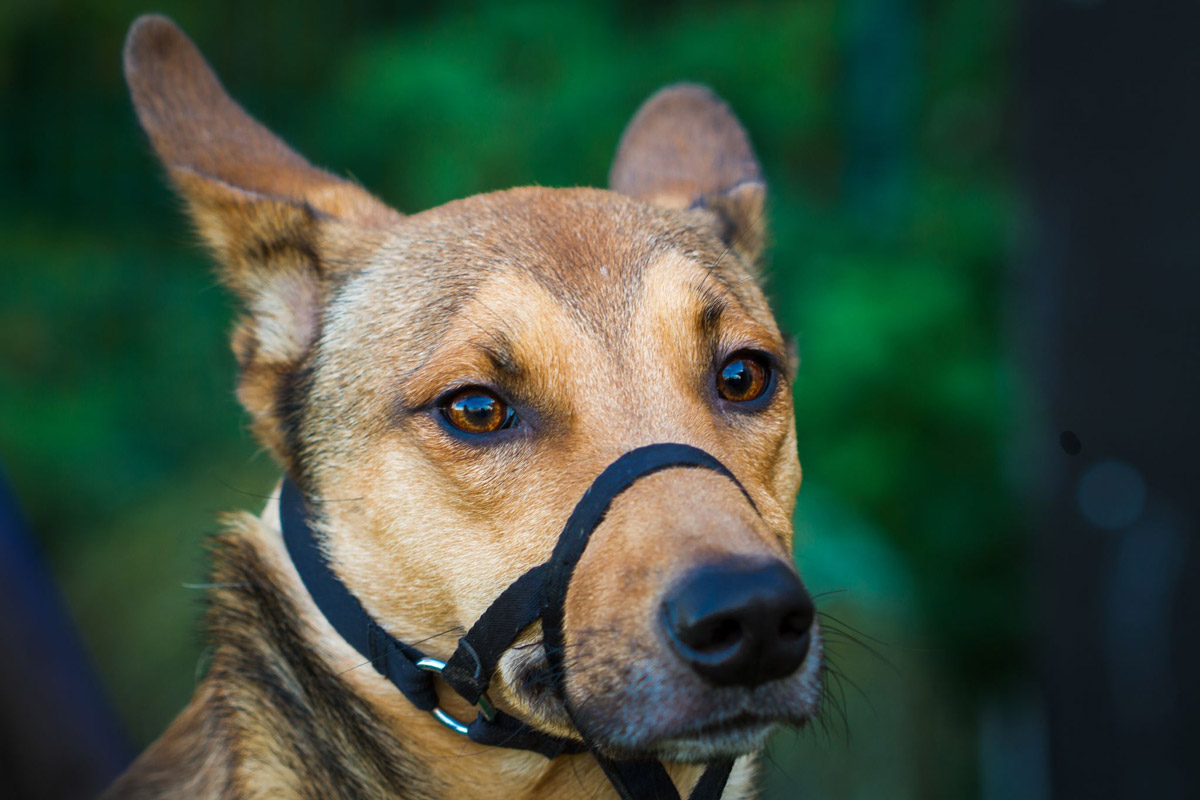
Last but not least, the homemade muzzle is should only be used as a temporary option in the event where the previous two options are unavailable. This includes times of an emergency such as when a dog is injured and requires medical transportation but is prone to biting.
A homemade muzzle can be improvised using materials like a gauze roll, suitable cloths or even a leash. Although, none of these is ideal. This is why dog muzzles are always recommended to be stored in doggy first aid kits for such circumstances.
What You Shouldn’t Do With a Muzzle
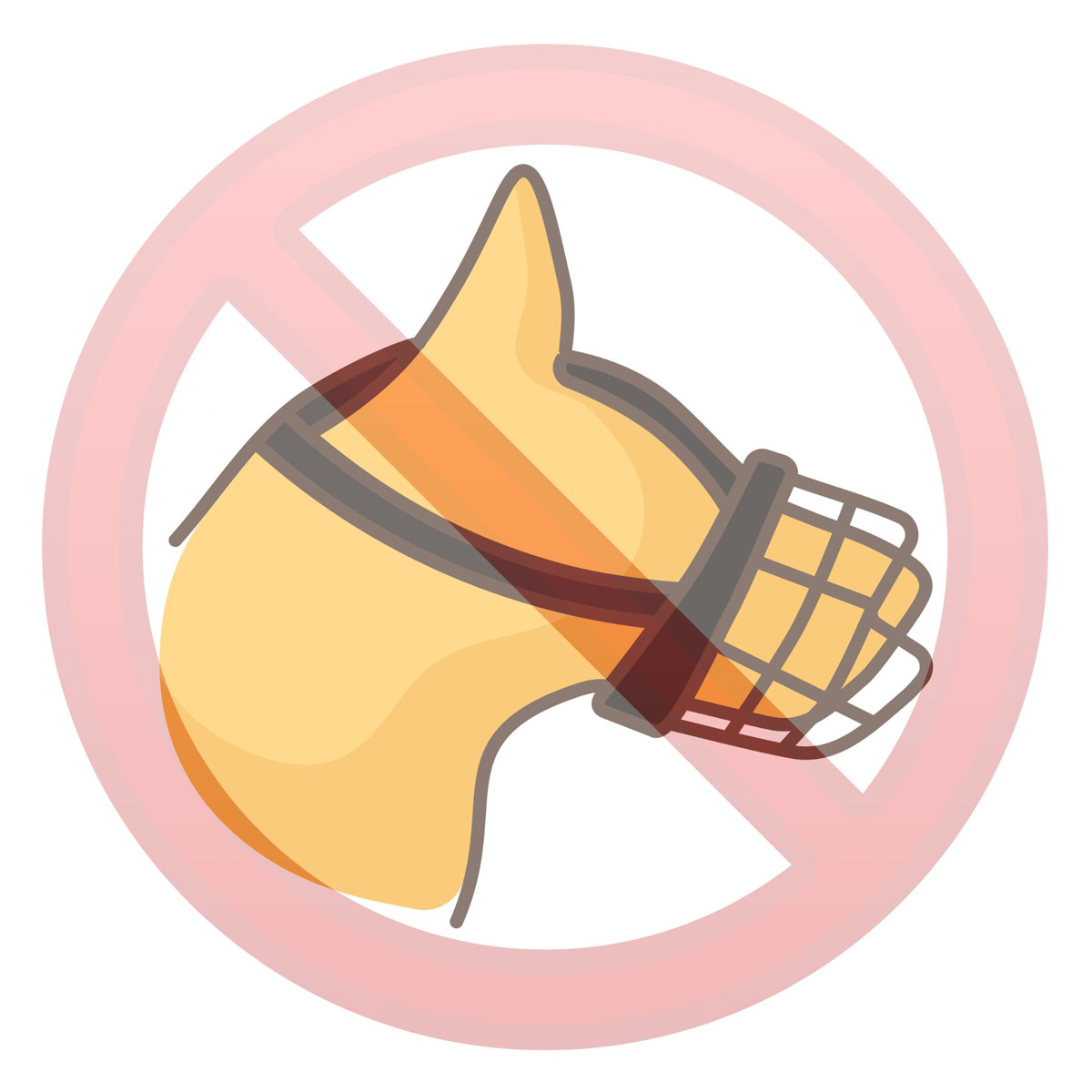
As a final disclaimer, dog muzzles are supposed to help dog owners have better control over their dog’s reaction to uncomfortable people and surroundings. It should not be used for entertainment purposes under any circumstances. That’ll be classified as animal cruelty.
Branching off of that, it’s also pertinent to note that muzzles should be used discerningly. For example, when puppies are engaging in play-fighting by biting other dogs, that’s clearly not counted as aggression. Thus, a muzzle shouldn’t be used.
However, if a dog begins to bite with force or tension, then perhaps a muzzle could be used for corrective training and intervene before the behaviour gets out of hand.
All in all, muzzles should only be used for their intended purpose. Improper usage of them can also inflict injuries to your dog. Additionally, don’t keep the muzzle on for an extended period of time. Prolonged wearing of the muzzle would, no doubt, cause distress in your dog.
Ultimately, the primary function of muzzles is for the safety of your dog, you and those around you. Our advice would be to use it sparingly and only when necessary.

